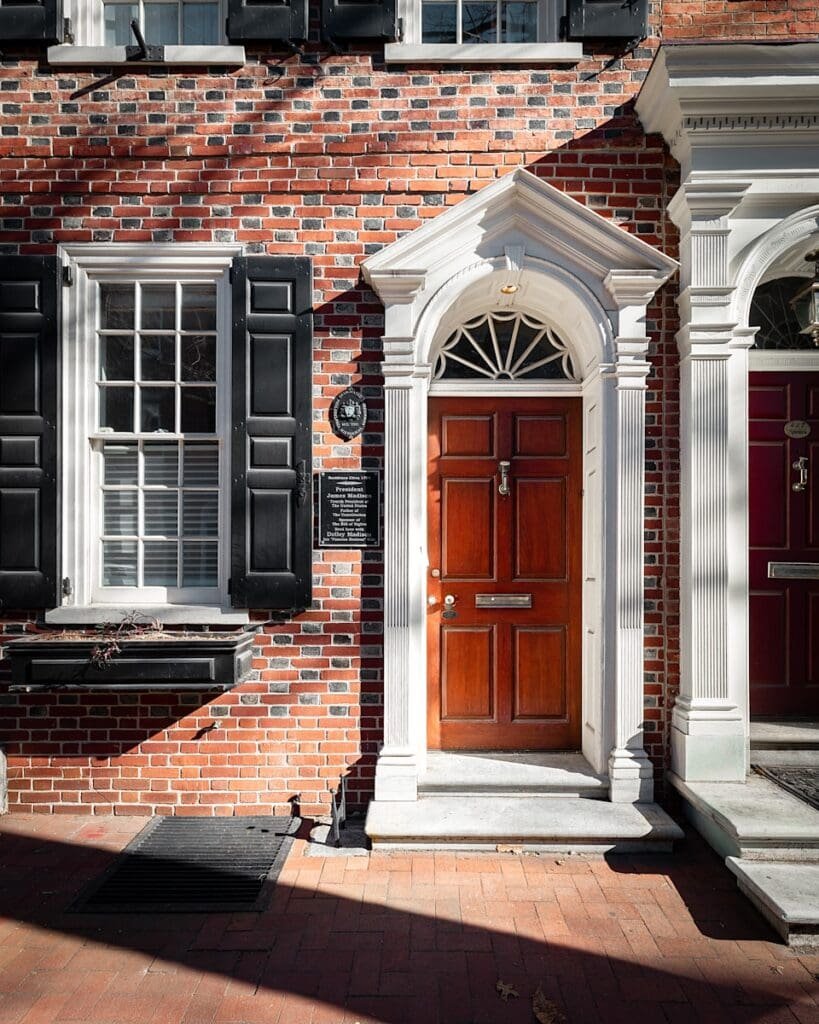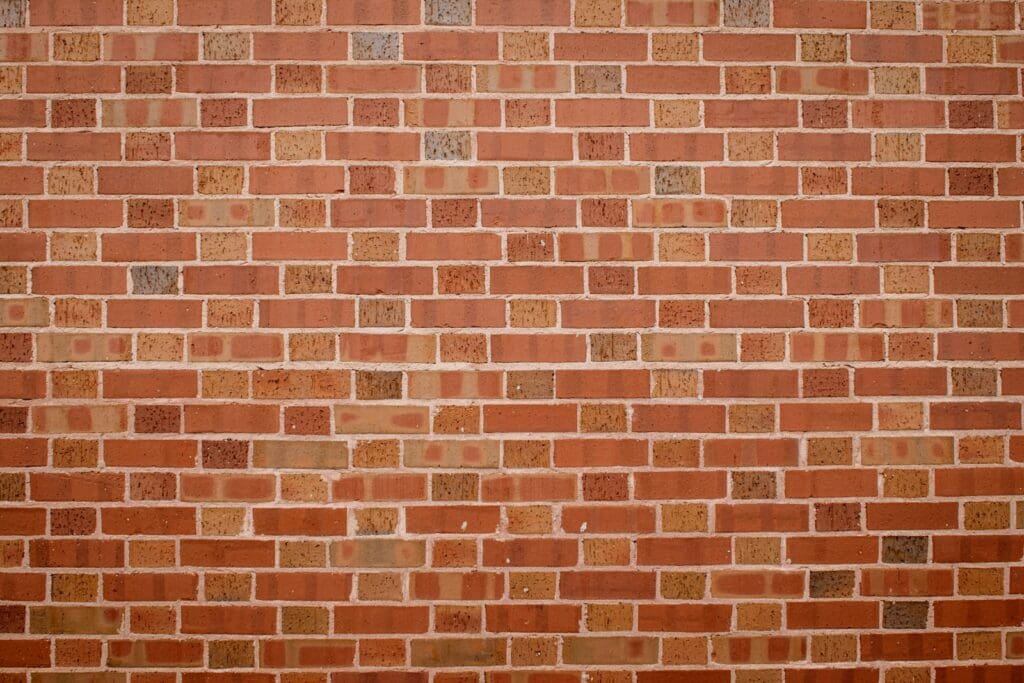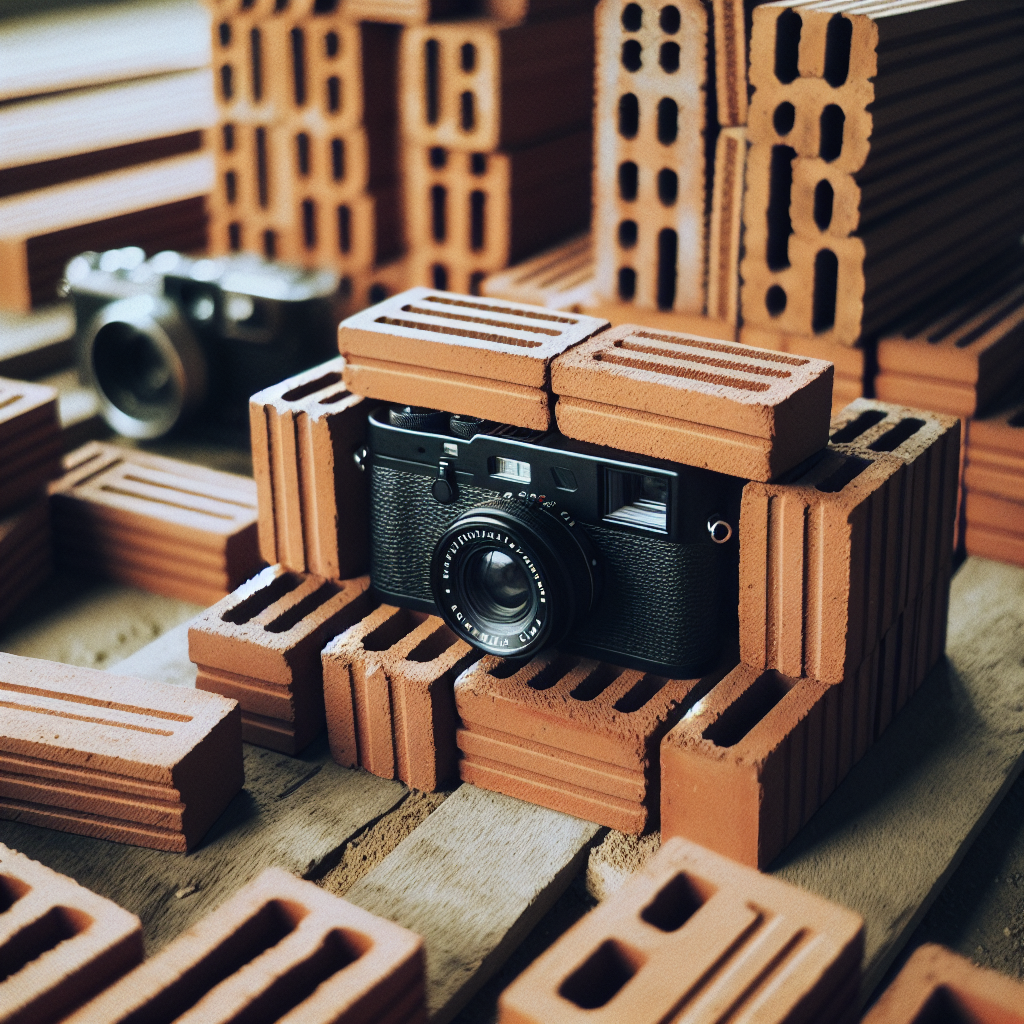Introduction to Structural Bricks in Construction
Have you ever wondered about those solid blocks that make up countless buildings around us?
Yep, I’m talking about bricks.
But not just any bricks – structural bricks. These sturdy little guys are the backbone of many a building, known for their strength and longevity. But what actually makes them unique and such vital parts of construction?
In this blog post, we will tackle the core characteristics of structural brick, how it differs from non-structural brick, its common uses in construction, and much more.
Table of Contents
Understanding Structural Brick in Construction

Key Characteristics of Structural Brick
Structural brick is a fundamental material used in construction, particularly known for its strength and durability.
- Material Composition: Made from clay or shale, fired at high temperatures.
- Load-Bearing Capacity: Can support significant weights, used in load-bearing walls.
- Durability: Resistant to weathering and decay, suitable for long-term projects.
Differences Between Structural and Non-Structural Brick
| Feature | Structural Brick | Non-Structural Brick |
|---|---|---|
| Load-Bearing | Yes | No |
| Typical Usage | Main walls, support pillars | Veneer, decorative purposes |
| Composition | High-density clay or shale | Various materials, less dense |
Common Uses in Construction
Structural brick is often used in numerous applications within the construction industry.
- Load-Bearing Walls: These bricks provide structural support for buildings.
- Foundation Work: Ideal for creating strong and long-lasting foundations.
- Bridges: Often used for their high compressive strength.
Performance Characteristics
Structural brick boasts impressive performance metrics, making it a top choice for high-stakes projects.
- High Compressive Strength: Essential for bearing loads without cracking.
- Thermal Mass: Provides better insulation due to its dense structure.
- Fire Resistance: Offers excellent fire protection due to the properties of clay.
Installation Methods
Proper installation techniques are essential for maximizing the benefits of structural brick.
- Mortar Mix: Use a high-quality mortar mix for better adhesion and durability.
- Alignment: Ensure bricks are properly aligned using a level tool.
- Curing Time: Allow adequate curing time to achieve full strength.
For more comprehensive details about structural brick, visit this useful resource by Homebuilding & Renovating.
Additional Properties of Bricks

Bricks come with several inherent properties that make them suitable for a variety of construction applications.
Water Absorption
Brick’s ability to absorb water is a crucial property, impacting its durability and insulating capabilities.
- Low Water Absorption: High-quality structural bricks have low water absorption rates, making them less susceptible to mold and frost damage.
- Density: Denser bricks typically absorb less water and are more durable.
Acoustic Insulation
The density and composition of bricks contribute to their acoustic properties.
- Soundproofing: Due to their mass, bricks can attenuate sound, providing effective soundproofing for walls and floors.
- Vibration Damping: Structural brick works well in reducing vibration transmission through buildings.
Environmental Impact
Considering the environmental implications of using brick can help in making sustainable choices.
- Energy Efficiency: Brick’s thermal mass helps in maintaining stable indoor temperatures, reducing heating and cooling energy needs.
- Recyclability: At the end of their life cycle, bricks can be repurposed or recycled, contributing to sustainable construction practices.
- Natural Material: Bricks are made from clay and shale, natural materials that are abundant and have a low environmental footprint when sourced responsibly.
For more comprehensive details about structural brick, visit this useful resource by Homebuilding & Renovating.
How to Identify Structural Brick

Visual Inspection
Determining whether exterior brick is structural involves a few practical steps:
- Pattern and Layout: Structural bricks often exhibit a consistent, uniform pattern, particularly in load-bearing walls. Look for overlapping bricks in a staggered formation.
- Thickness: Structural brick walls are typically thicker than non-structural or veneer walls. Structural walls often have two or more layers of brick (known as “wythes”), as opposed to a single layer of veneer.
- Condition: Structural bricks are less likely to show significant wear or damage, as they are designed to endure greater stress.
Technical Inspection
Performing a technical inspection may provide more definitive answers.
- Drilling and Probing: By drilling a small hole into the brick, you can determine the thickness of the wall. Thick, multilayered walls are indicators of structural brick.
- Measuring Bearing Load: Engaging a structural engineer to measure the load-bearing capacity of the wall can provide a definitive answer.
- Construction Documents: Reviewing building plans or blueprints can clarify whether the brick was intended to be structural.
Additional Context and Considerations
Role in Modern Construction
With advancements in construction methods, the role of structural brick has evolved.
| Construction Type | Structural Brick | Non-Structural Brick |
|---|---|---|
| Traditional Buildings | Commonly Used | Sparingly Used |
| Modern Buildings | Less Common | Frequently Used |
Many modern structures utilize non-structural bricks for aesthetic purposes, while internal load-bearing elements use materials like steel or concrete.
Maintenance and Longevity
Proper maintenance is crucial to ensure the longevity of structural brick.
- Inspection: Regularly check for cracks, chips, or displacement in the brickwork. These can indicate potential structural issues.
- Repointing: Over time, the mortar between bricks can deteriorate. Repointing, or renewing the mortar, helps to maintain the wall’s integrity.
- Cleaning: Use appropriate cleaning methods to remove dirt and debris, but avoid using high-pressure washing that may damage the brickwork.
- Weep Holes: Ensure weep holes (small openings designed to allow water to escape) are not blocked, preventing water damage and structural issues.
Concluding Thoughts on Structural Bricks in Construction
The versatility and robustness of structural bricks cannot be overstated.
Crafted primarily from clay or shale, these bricks possess a high load-bearing capacity and are resistant to decay which makes them ideal for demanding construction projects. Not only do they serve as excellent load-bearing walls, but their high compressive strength also finds use in creating sturdy foundations and bridges.
While understanding the differences between structural and non-structural bricks is important, the key lies in recognizing the superior performance characteristics of structural bricks. Besides offering high compressive strength, they provide insulation and fire resistance due to their dense structure and clay properties. Committed professional installation and maintenance practices ensure these bricks fully live up to their potential.
Frequently Asked Questions – FAQs
What is structural brick made from?
Structural bricks are primarily made from clay or shale that’s fired at high temperatures to achieve considerable strength and durability.
What are the typical uses of structural bricks in construction?
Structural bricks are typically used in load-bearing walls, foundational work, and bridges due to their high compressive and load-bearing capacity.
How do structural and non-structural bricks differ?
Structural bricks can bear significant loads and are dense and durable, made from high-density clay or shale. Non-structural bricks are less dense, typically used for decorative purposes as they cannot bear heavy loads.
Is special care required for structural brick maintenance?
Yes, it is important to regularly inspect the bricks for any signs of wear or damage. Over time, the mortar might require renewing to maintain the wall’s integrity. Appropriate cleaning methods should be used to avoid damaging the brickwork.






